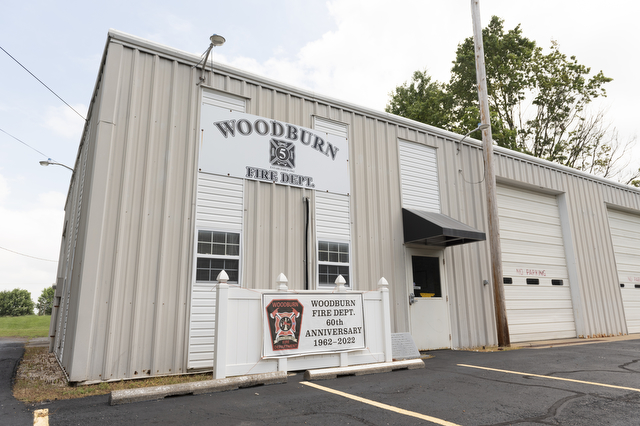Kentucky gaining national visibility in fish and wildlife management
Published 5:00 pm Friday, April 13, 2012
Today, Kentucky’s sole source for 1 million trout stocked each year remains operational despite federal budget cutbacks. A 2,500-acre tract of land along the Ohio River opened to the public this week, thanks to partnerships between the Kentucky Department of Fish and Wildlife Resources, other state and federal agencies, and private organizations.
“Kentuckians know that working together as a team is a winning combination,” said Kentucky Fish and Wildlife Commissioner Dr. Jon Gassett. “Stronger partnerships and better relations between state and federal agencies can produce results.”
Gassett is raising Kentucky’s profile on the national level by serving this year as president of the Association of Fish and Wildlife Agencies. During the week of March 19, Dan Ashe, the Director of the U.S. Fish and Wildlife Service, accepted Gassett’s invitation to visit Kentucky.
“(Gassett) had the idea that we should shadow one another, to hopefully better understand and appreciate what each of us, and our respective agencies, do day-in-and-day-out,” Ashe wrote in his blog. “It was a wonderful experience.”
Ashe’s stops included the Wolf Creek National Fish Hatchery near Jamestown. It was the first time a sitting director of the U.S. Fish and Wildlife Service had visited the facility.
“While we were touring, no fewer than five KDFWR (Kentucky Department of Fish and Wildlife Resources) trucks were loading up trout for KDFWR’s Fishing in Neighborhoods (FINs) program,” Ashe blogged.
Gassett used the visit to continue his three-year campaign to keep the federal hatchery open in the face of federal cutbacks. Ashe noted in his blog that seeing the hatchery in operation made him feel good about efforts to find alternative funding for its continued operation.
Gassett said the visit enabled face-to-face conversations about issues critical to the department, including the spread of Asian carp, the need for funding through the State Wildlife Grants program, continued funding for land acquisition and the protection of endangered species. On-site visits helped emphasize these points.
“We took him from the far western end of the state to see nesting locations of endangered interior least terns to eastern Kentucky to meet with representatives from the coal industry to discuss endangered species,” said Gassett. “He also had the opportunity to view our elk and attend one of our strategic planning town hall meetings with the public.”
During the four-day whirlwind tour, Ashe also viewed the site of a proposed wildlife refuge in the Green River area; flew over active and reclaimed coal mining sites; attended a Kentucky Fish and Wildlife Commission meeting; and saw the newly-opened Big Rivers Wildlife Management Area and State Forest near Sturgis.
In the past two years, Gassett’s efforts at the national level have also helped Kentucky land $8.3 million for the Big Rivers acquisition through the Forest Legacy Program of the U.S. Forest Service. The Kentucky project ranked fourth in the country in 2011, but rose to first nationally this year.
Helping people find public places to hunt, fish and enjoy the outdoors through land acquisition is a long-term goal of the commissioner. “You have to have a global view of fish and wildlife management,” Gassett explained. “You have to think big to do big things. You can’t just be satisfied with the here and now – you have to think five, 10 years into the future and beyond.”
With that goal in mind, Gassett works to help shape and influence national policy, whether it’s meeting with U.S. Secretary of the Interior Ken Salazar, members of the White House Council on Environmental Quality, Director Ashe or members of Congress. At this level, Gassett aggressively pursues each year robust funding for fish and wildlife conservation in a variety of federal programs.
Gassett’s recent efforts at the national level are an evolution of his past leadership positions in regional organizations and committee assignments on behalf of state fish and wildlife agencies. At each level, he has consistently realized the importance of states working together for a common goal.
“United We Stand is not just Kentucky’s state motto,” he said. “It’s a philosophy for success.”
The Kentucky Department of Fish and Wildlife Resources manages, regulates, enforces and promotes responsible use of all fish and wildlife species, their habitats, public wildlife areas and waterways for the benefit of those resources and for public enjoyment. Kentucky Fish and Wildlife is an agency of the Tourism, Arts and Heritage Cabinet. For more information on the department, visit our website at fw.ky.gov.





